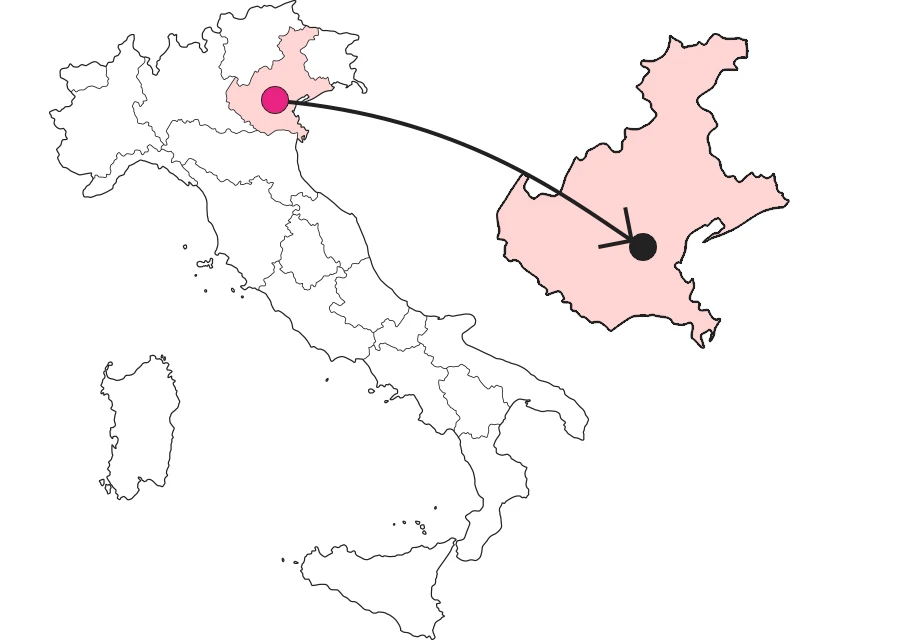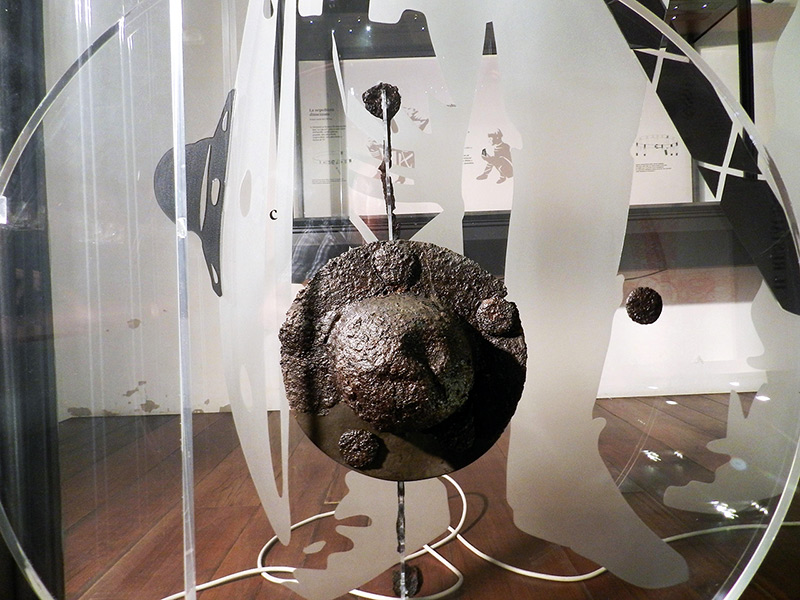SHARRYLAND


Where is

What it is and where it is
Monselice Castle brings to mind medieval and Renaissance stories, but on the first floor of its library there is something really strange: a room that collects Longobard weapons and objects, which have nothing to do with those on display at the castle: the spatha, scramasax, a finely embossed gold foil cross, bone combs and some metal elements of belts, such as buckles and tips worked in gold and silver. Found during some excavation campaigns on the slopes of the Rocca hill, they have been collected here in the Lombard Antiquarium.
Why it is special
The finds kept in the Lombard Antiquarium are very interesting and very rare: they were found in the only Lombard archaeological site in the entire province of Padua. But these were not simple objects, but rather a necropolis where seven bodies were buried, with their grave goods, both funerary, made of weapons (spatha, scramasax, spearhead and knives) and shield umbo, and personal items , such as bone combs, belt buckles and pendants, and golden crosses within didactic showcases dating back to the mid-7th century AD.
Not to be missed
Studies have identified 4 adults and 3 children in the bodies found in Monselice. Their history is not well known, but the Antiquarium organizes its narrative in two moments that take us through the objects of daily use and burials. One section is the trousseau section, while the other is a recomposition of the five tombs in a full-scale, three-dimensional structure protected by a transparent, walkable cover to give visitors the feeling of being immersed in the excavation along with the archaeologists.
A bit of history
The necropolis came to light between 1988 and 1996 during a series of excavation campaigns on the slopes of the Rock. After a complex investigation, the finds underwent careful conservation and have been on display in the Lombard Antiquarium since 1998. But how did they get here? The Lombards, a Germanic population originally from Scandinavia, conquered Monselice in 602 with King Agilulph, as we read in the description made by Paul Deacon in the "Historia Longobardorum": "...Langobardi castrum Montis Silicis invaserunt...", taking possession of the ancient Byzantine fortifications on the Hill of the Rock.
 Umbone of shield
Umbone of shield
Enter the Map of Italy's Undiscovered Wonders and find treasures where you least expect it... Inspire, Recommend, Share...
Collections
The Map thanks:
Enter the Map of Italy's Undiscovered Wonders and find treasures where you least expect it... Inspire, Recommend, Share...
Where is

Collections




